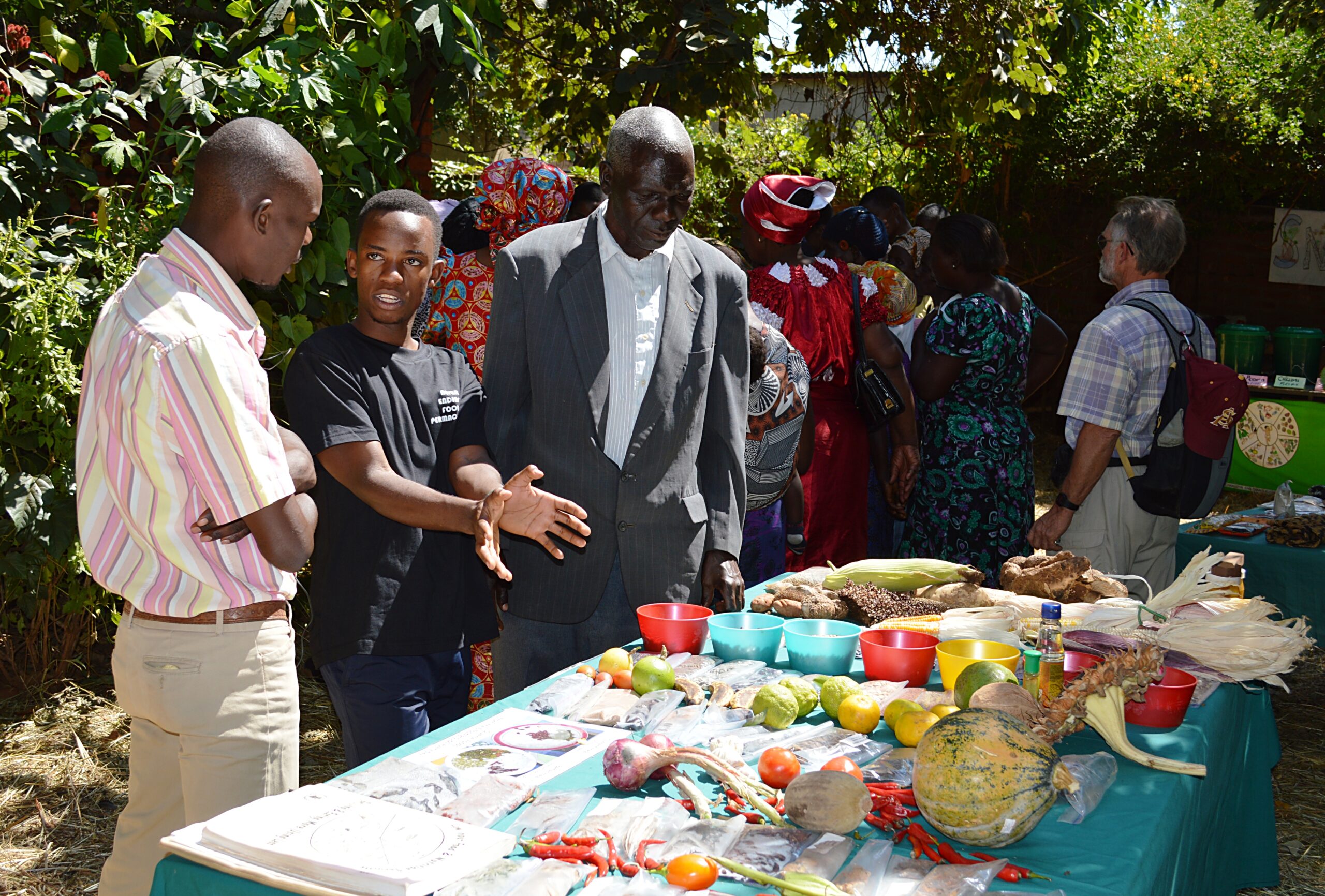
Teaching is the art of imparting information, knowledge and skills to others. People learn differently, and so we need to learn how to use different tools when teaching. There have been up to ten different learning styles identified, including: physical (hands-on), visual, auditory, verbal, logical (mathematical), musical, naturalist, linguistic, interpersonal (social), and intrapersonal (solitary). A good teacher tries to incorporate different combinations of these learning styles into their lessons.
Here at Never Ending Food, we have found that resource displays can be a great way to impart knowledge, stimulate discussions, and even serve as the foundation for group activities. For many years, we have maintained a resource display which combines local foods from each of Malawi’s 6-food groups, along with income-generating ideas and appropriate technologies. This display can easily be packed into a suitcase and transported to events, workshops, and open-days.
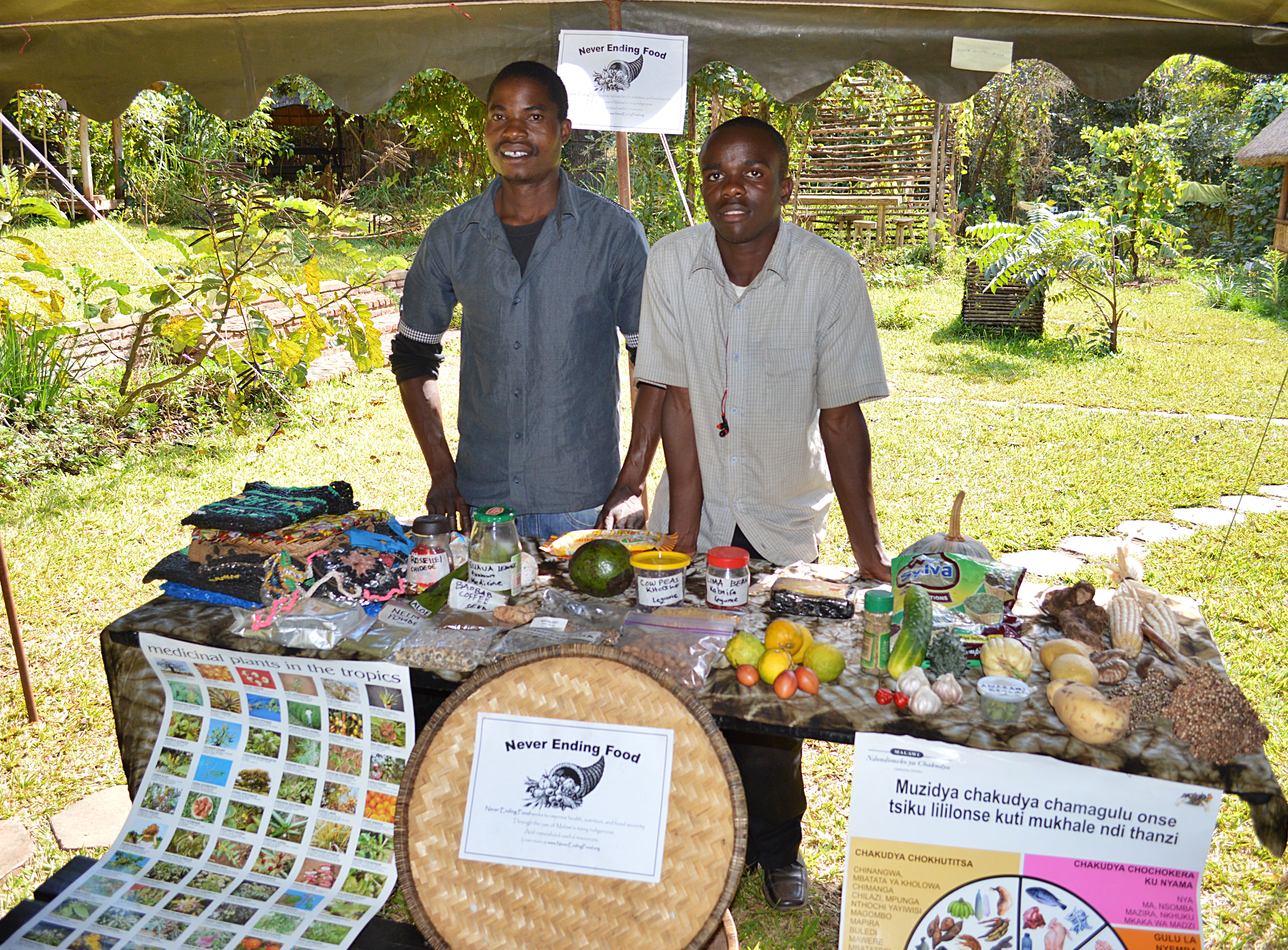
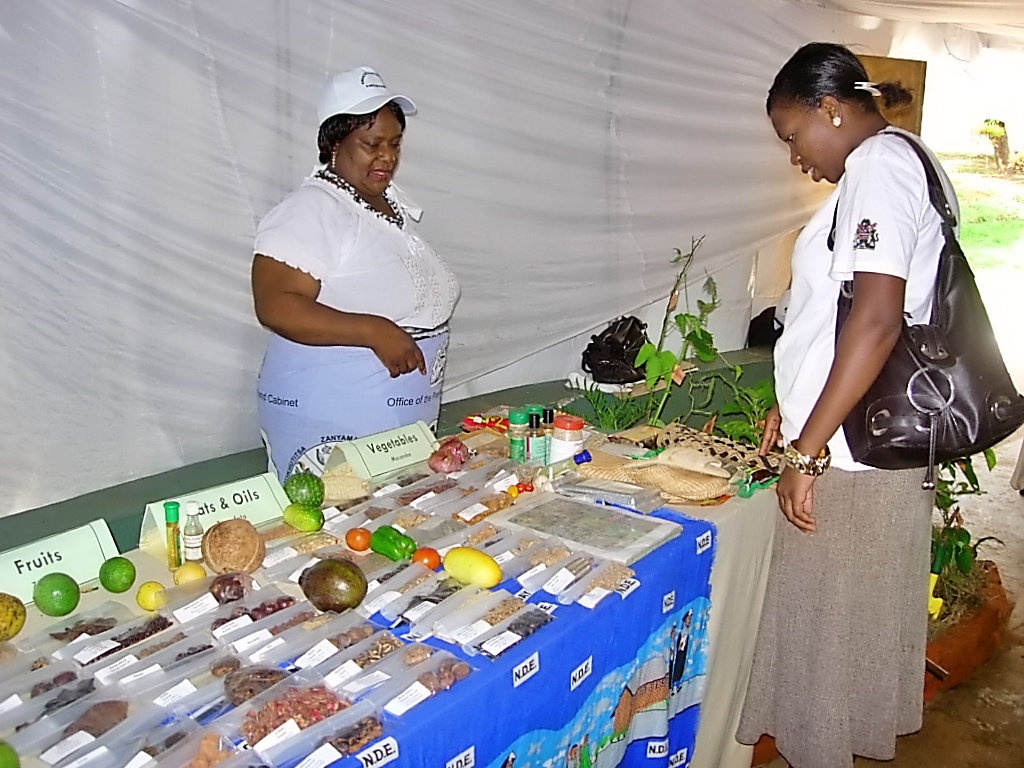
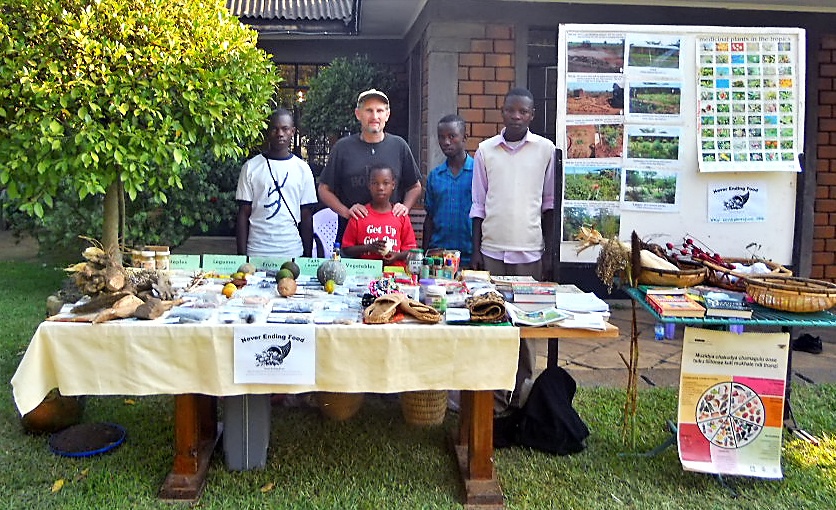
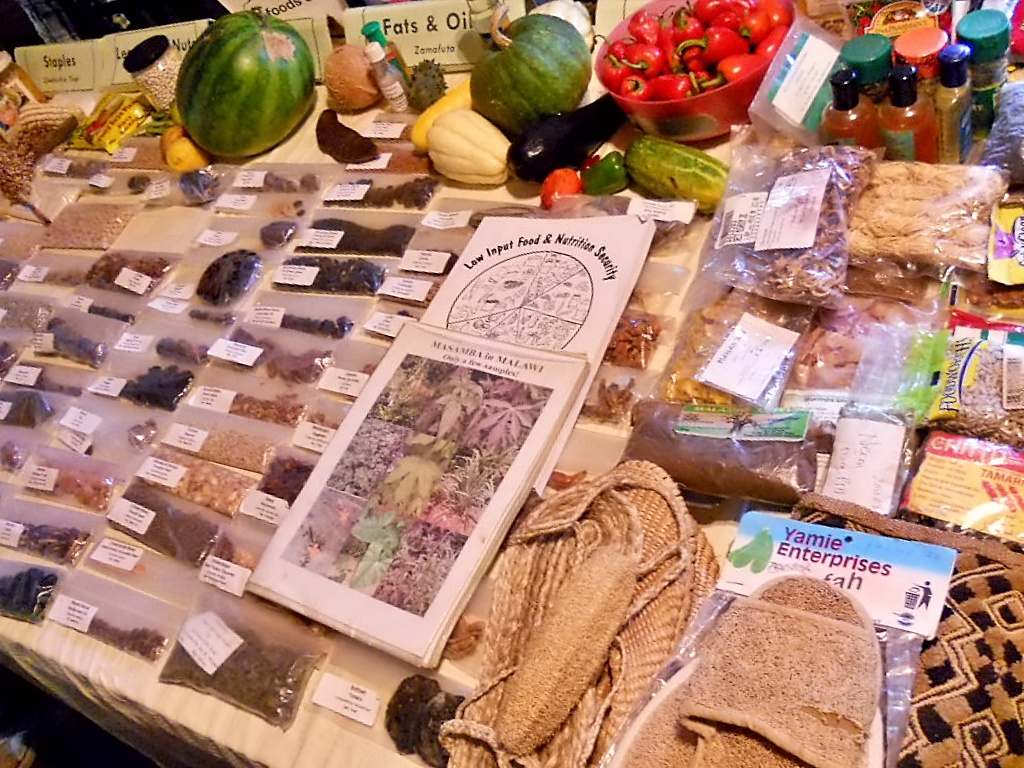
Never Ending Food often receives 2-3 groups of visitors every week, so we also keep a permanent display set up for classroom teaching. This saves in preparation time and allows us to teach at any given moment. It also allows us the flexibility to add various books, posters, or other resources depending on the specific interests of each group.
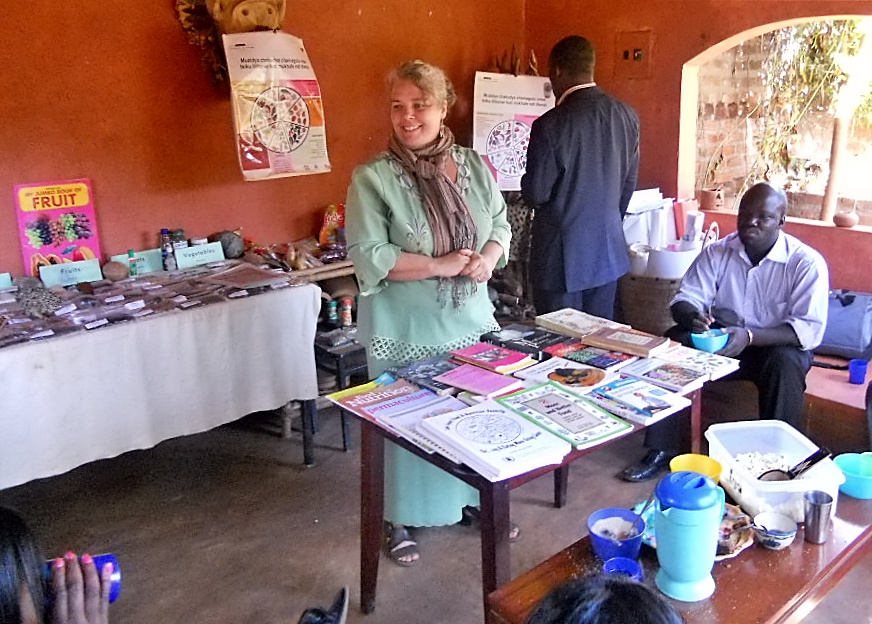
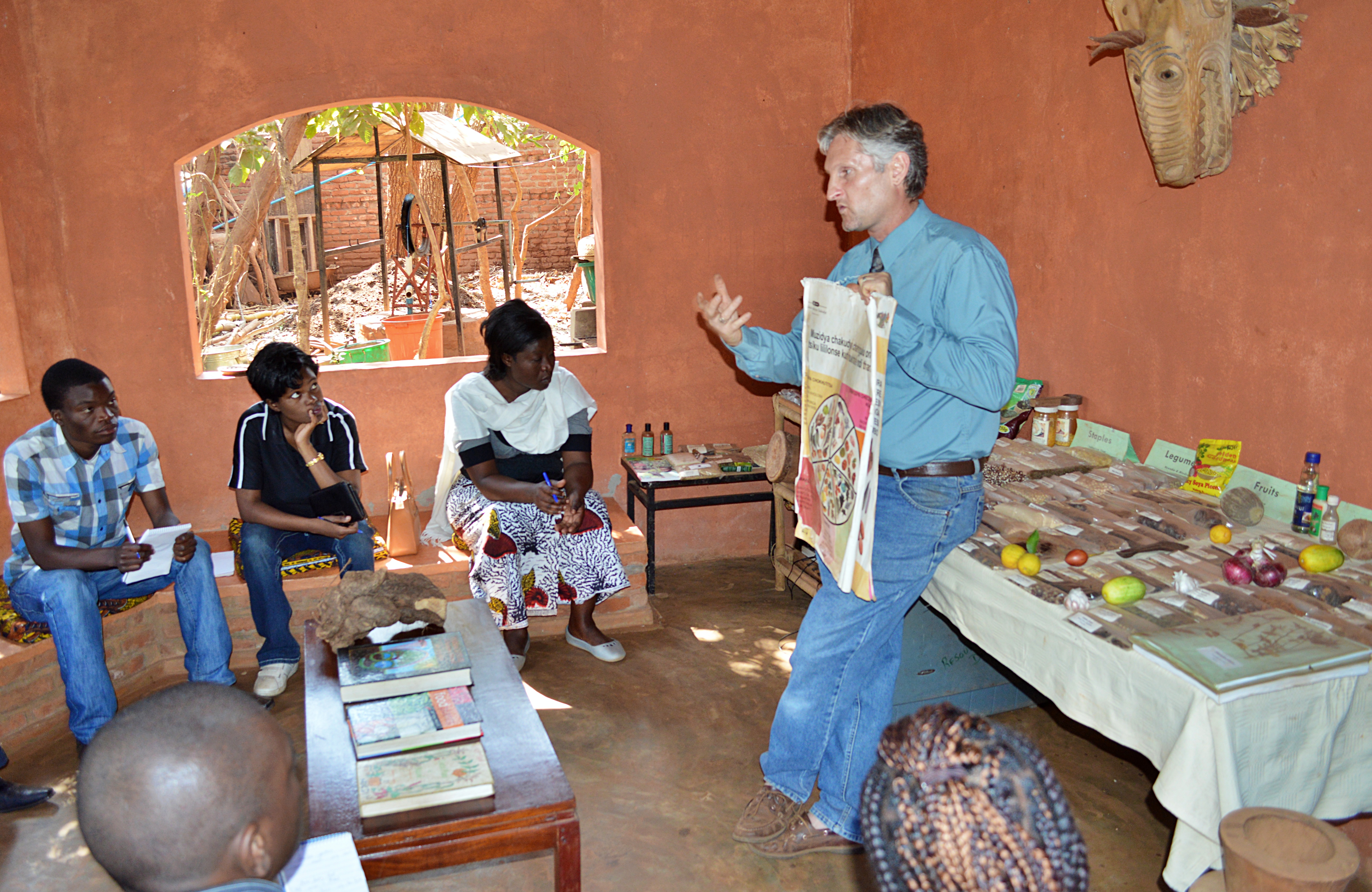
Depending on the time of the year, we also set up ‘seasonal’ displays to help highlight some of the local resources that are readily available. We use these displays to showcase appropriate technologies, such as our solar dryer, fuel-efficient stoves, oil press, paper briquettes, etc.
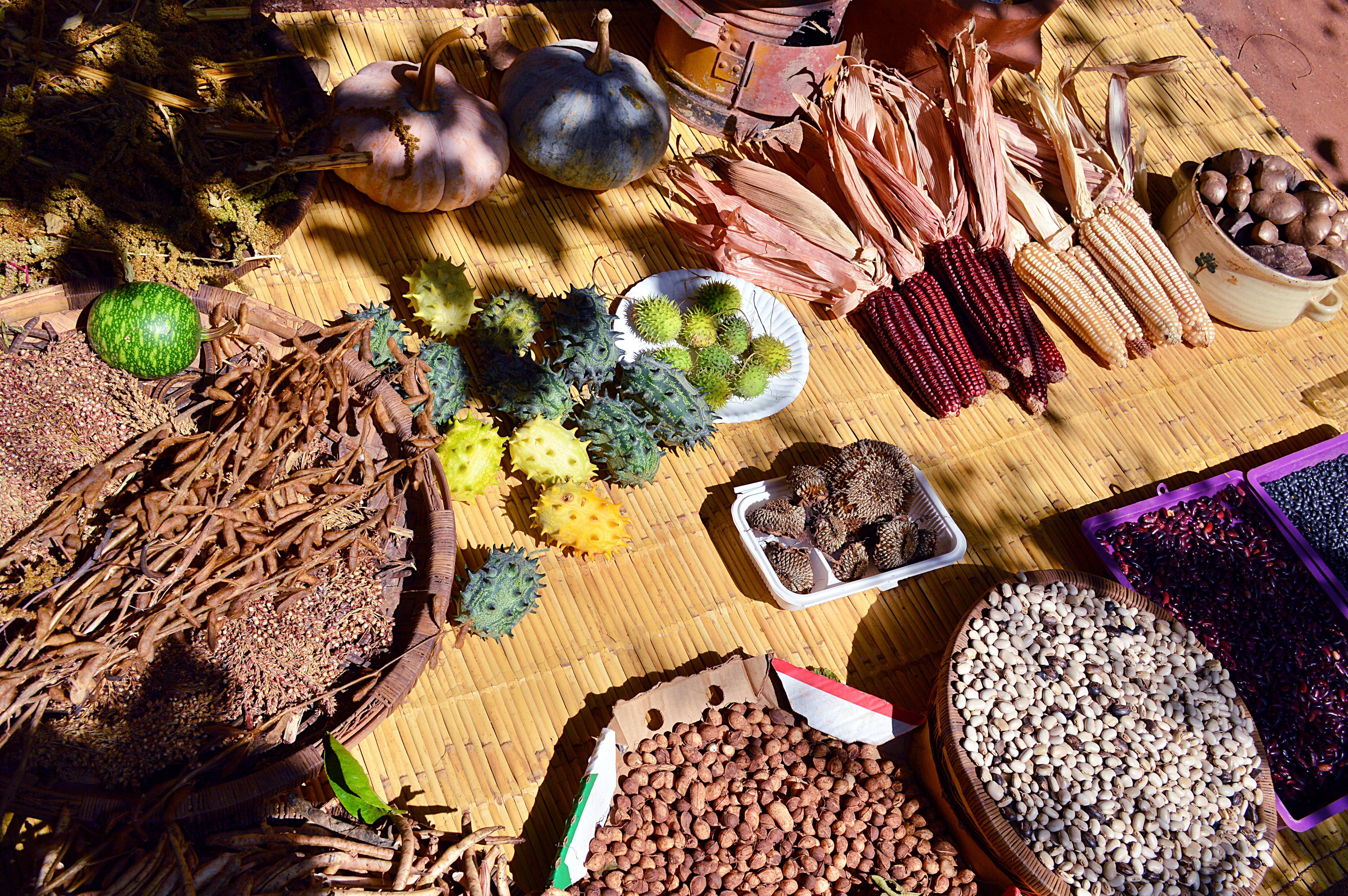
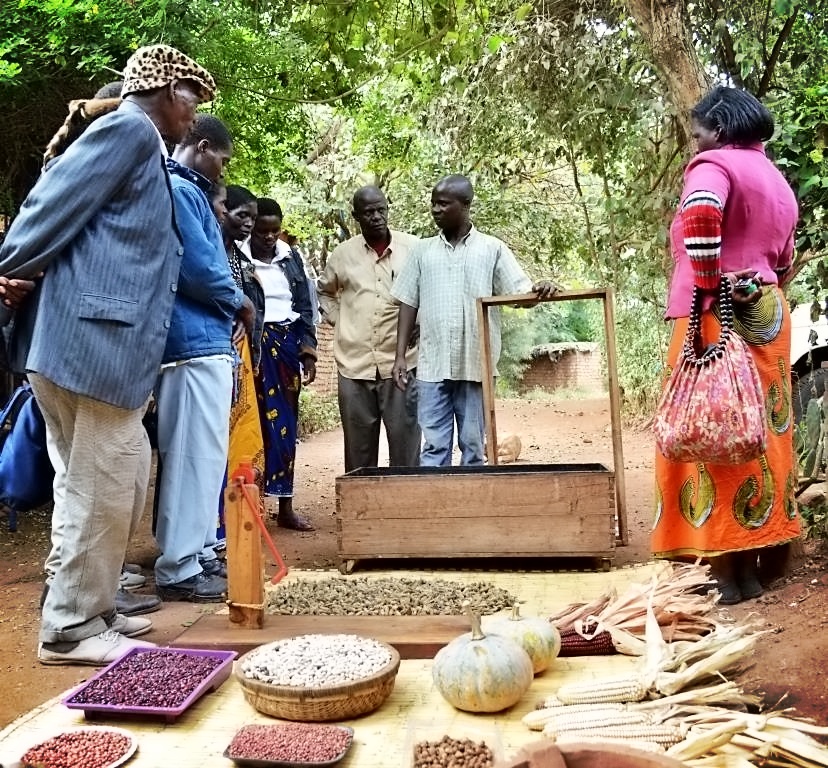
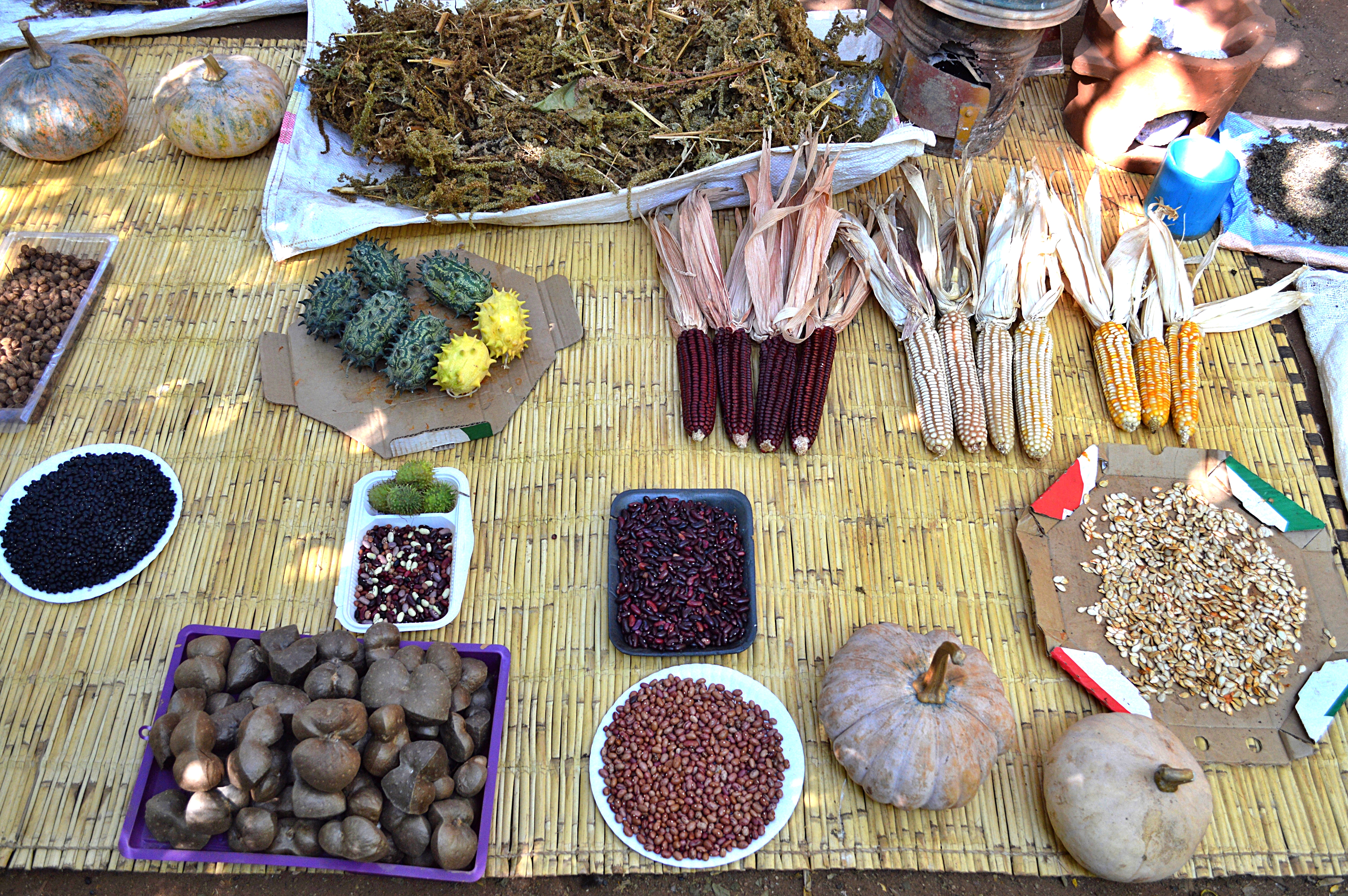
Another great way to teach is by doing. Many of the courses that Never Ending Food has facilitated over the years have integrated creative cooking ideas and demonstrations as part of the lessons. We also work closely with the kitchens to make sure that all snacks, meals, and drinks are a reflection of balanced nutrition and the use of local resources. There is nothing more discouraging than attending a workshop on nutrition or sustainability, and then to be served sugar-drinks and cookies in plastic packaging.
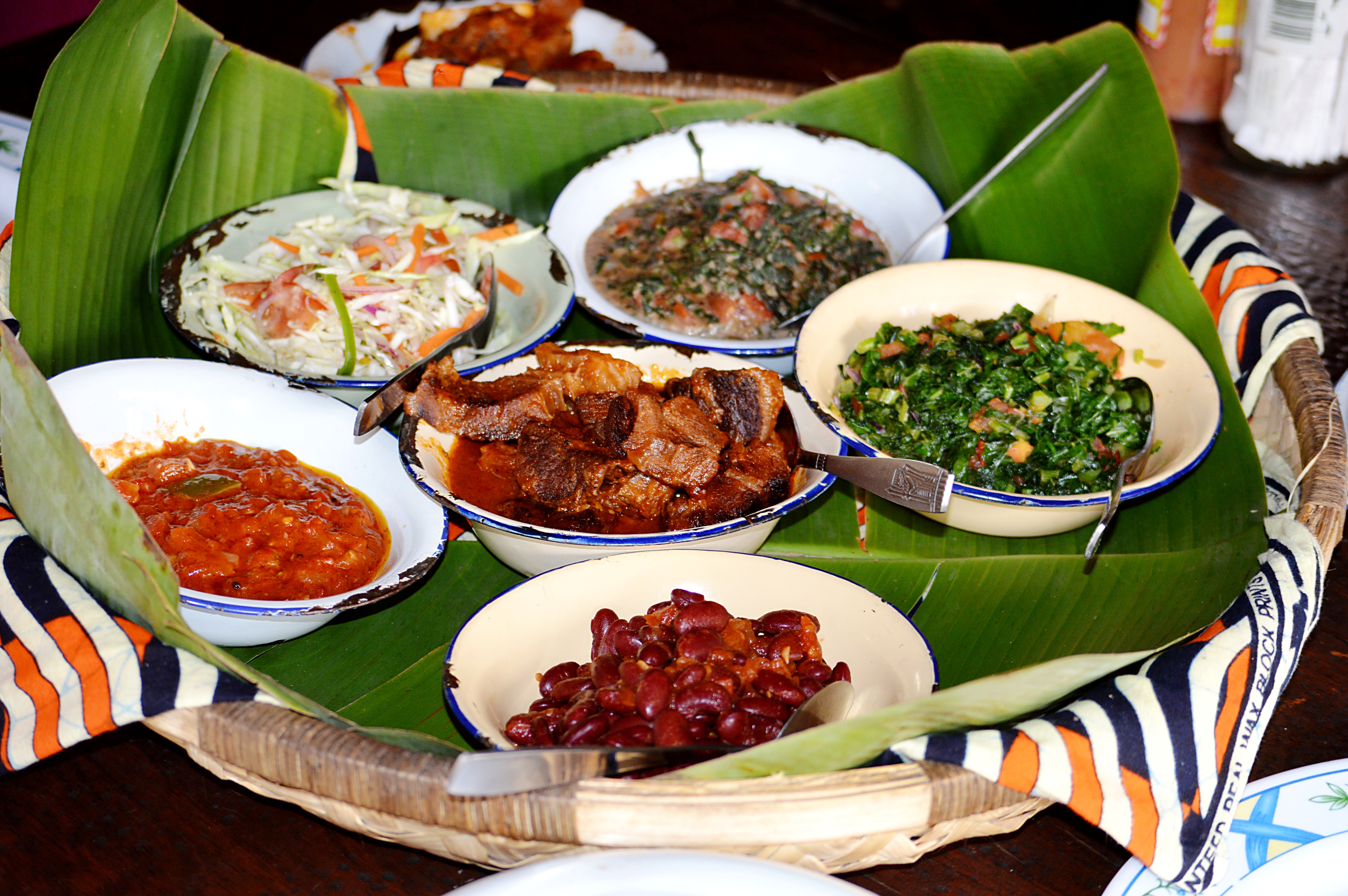
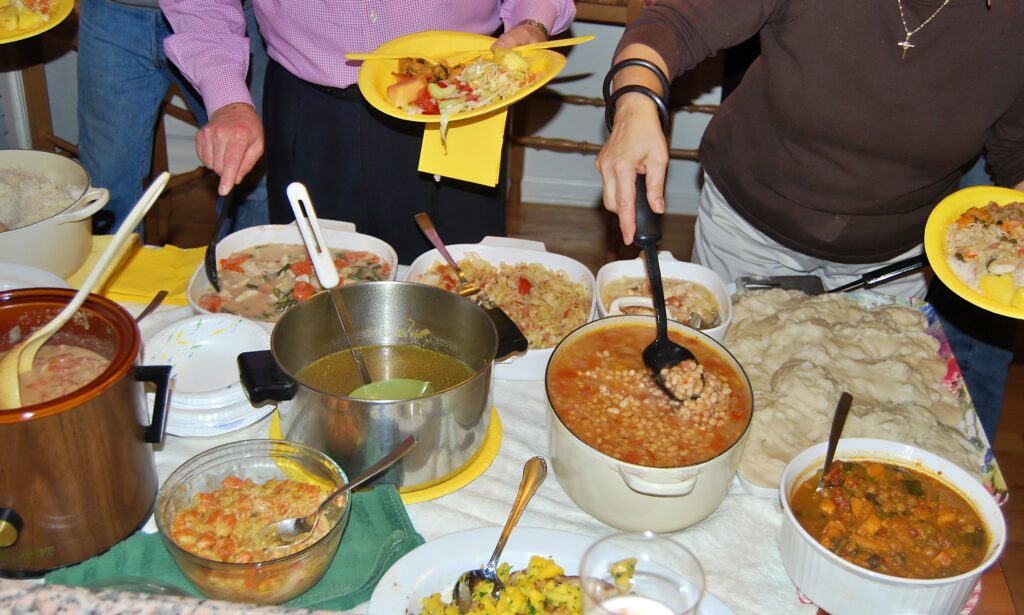
Visual aids, in the form of pictures and posters, can also be used to impart knowledge. Visual aids are great for adding life and color to any display. Pictures can be used to illustrate good practices, bad practices, before-and-after progress, or the implementation of design ideas. Visual aids also help to break down language barriers, and can be used with any age group. If you don’t have access to pictures or posters, you can draw your own!
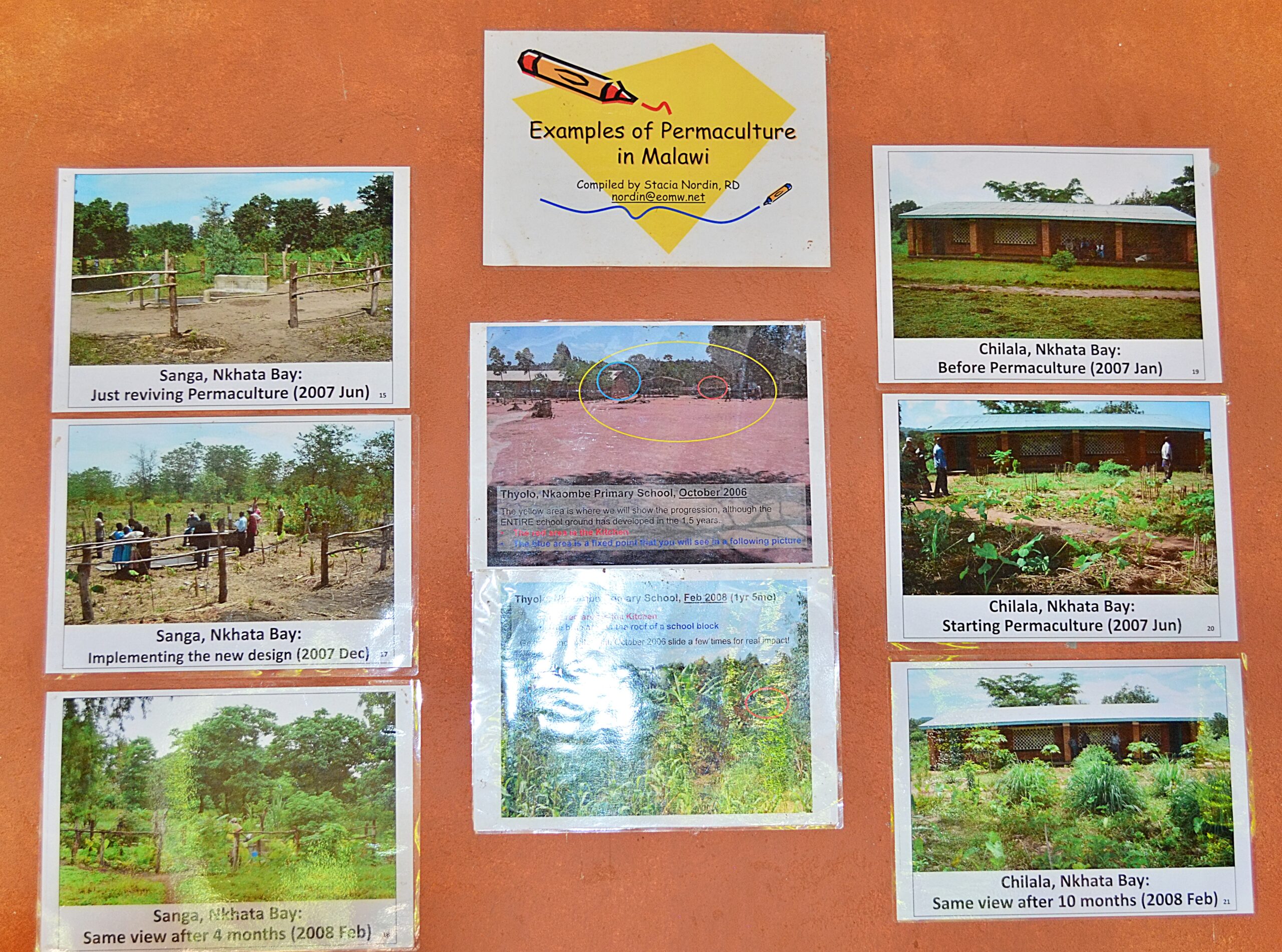
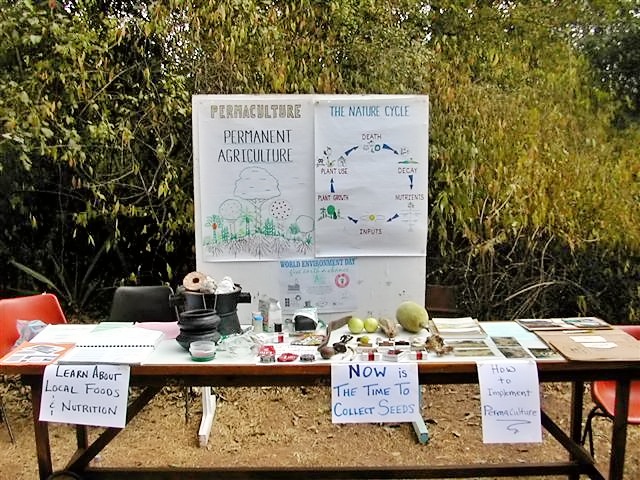
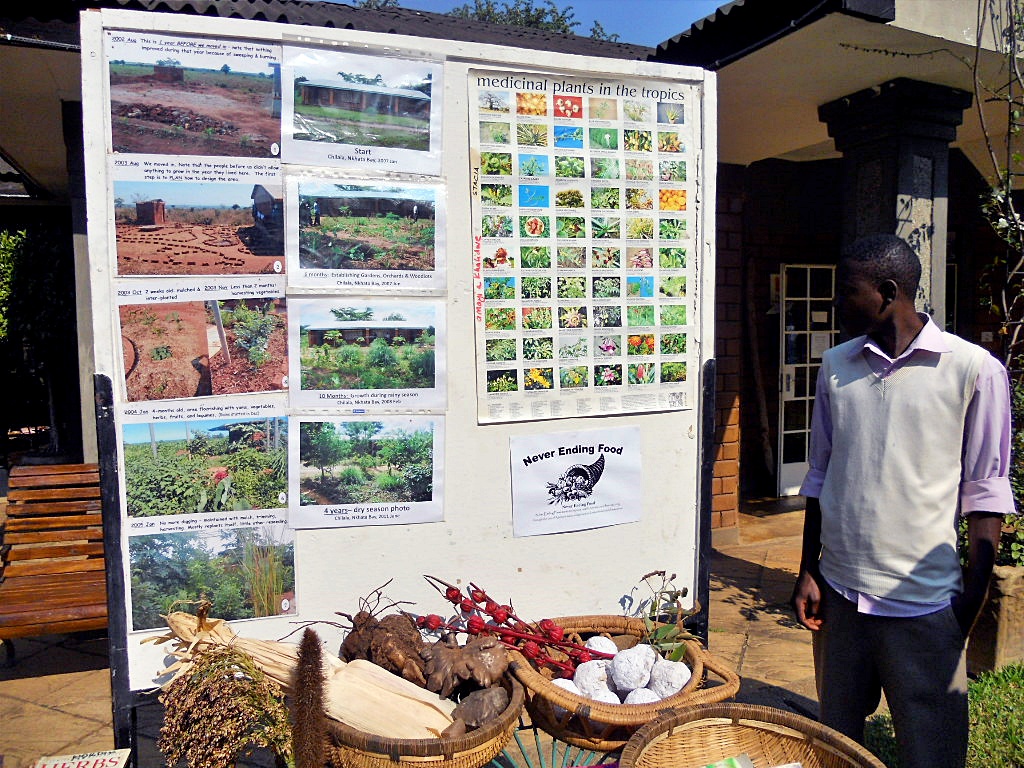
Group activities can even be used to help create a resource display. One fun activity is to have participants go on a ‘scavenger hunt‘ to find various local resources (e.g. wild fruits, edible leaves, seeds, etc.) and then use these resources as a learning/teaching opportunity. You’ll be surprised at the depth of local knowledge that most groups have within their collective wisdom.
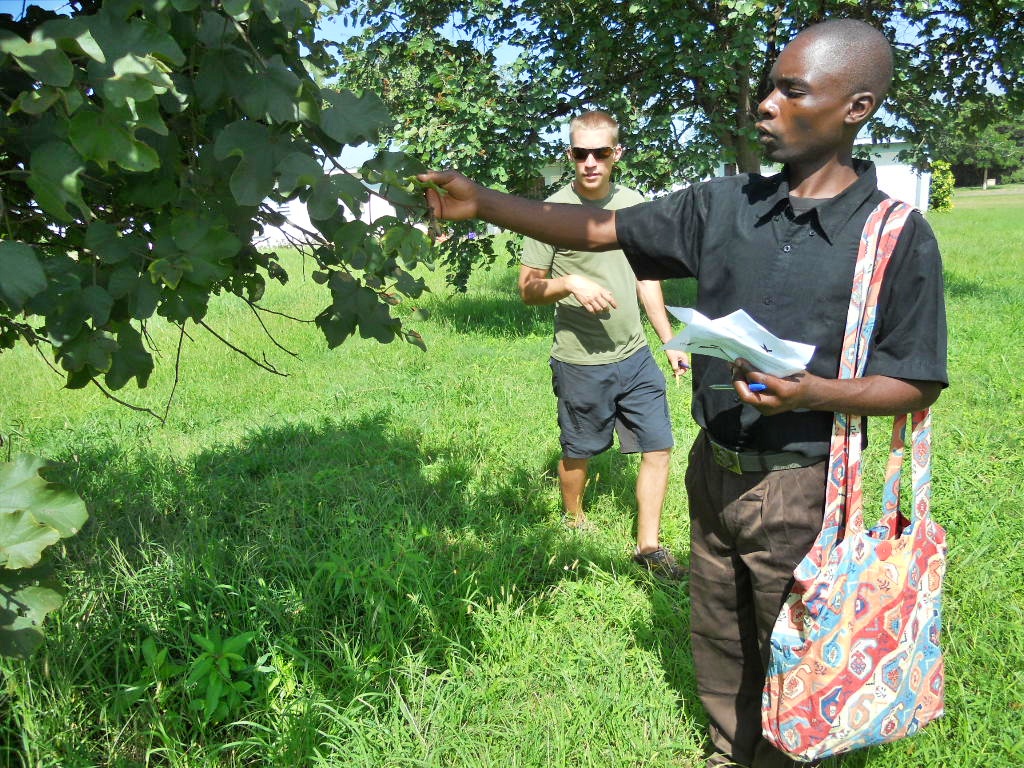
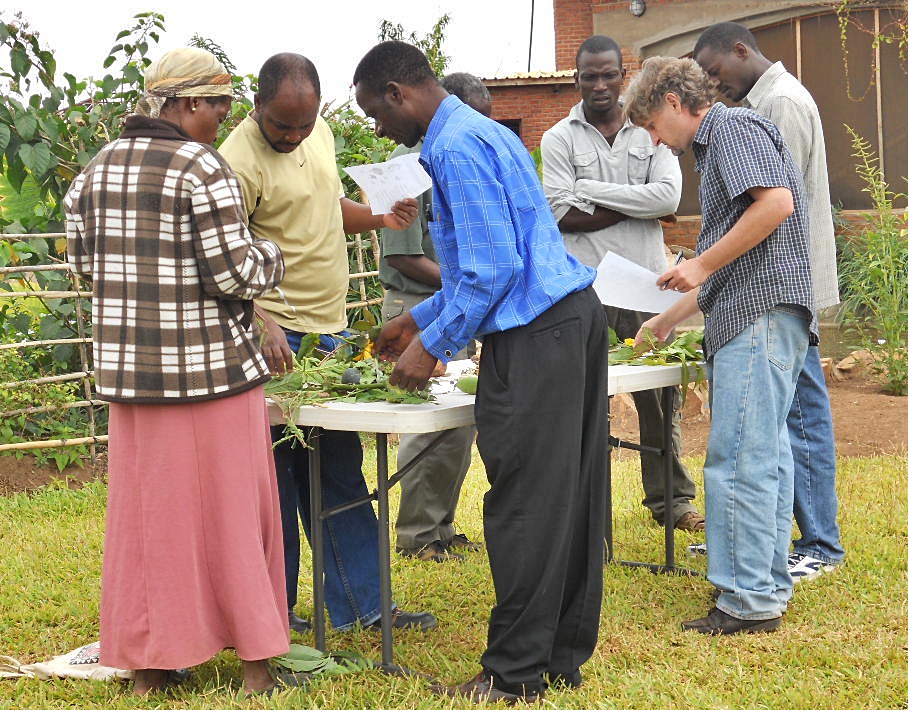
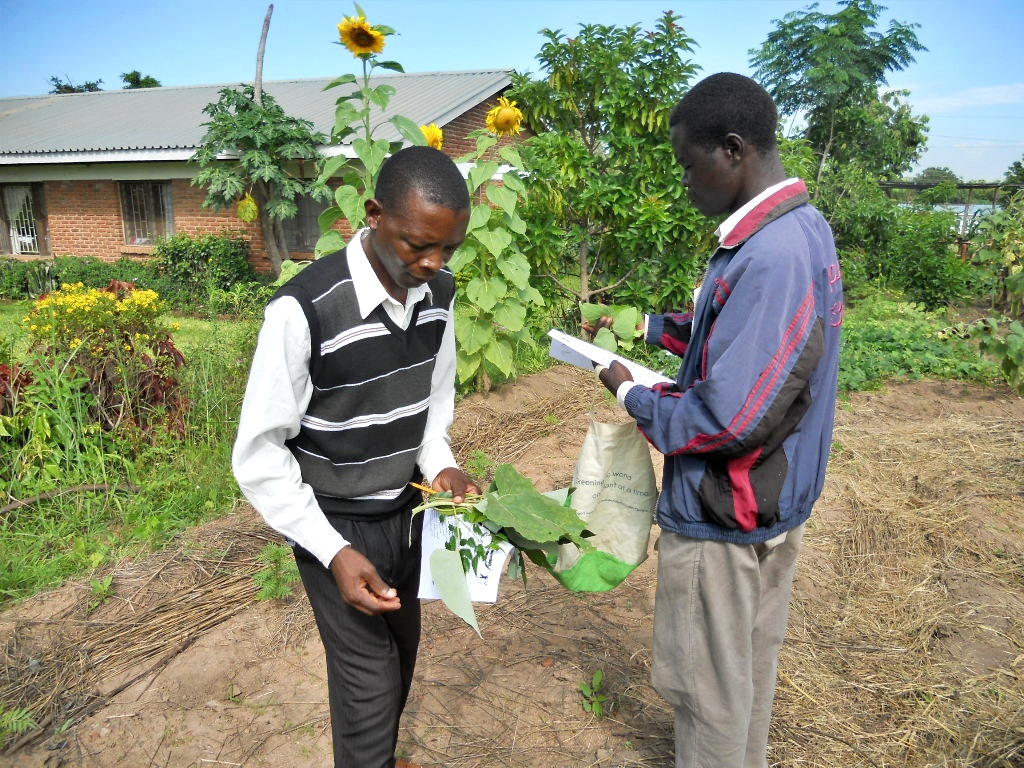
You can use resource displays to help compliment almost any lesson that you might be teaching. Be creative, make them interactive, and have fun. You just might be surprised what you can come up with!
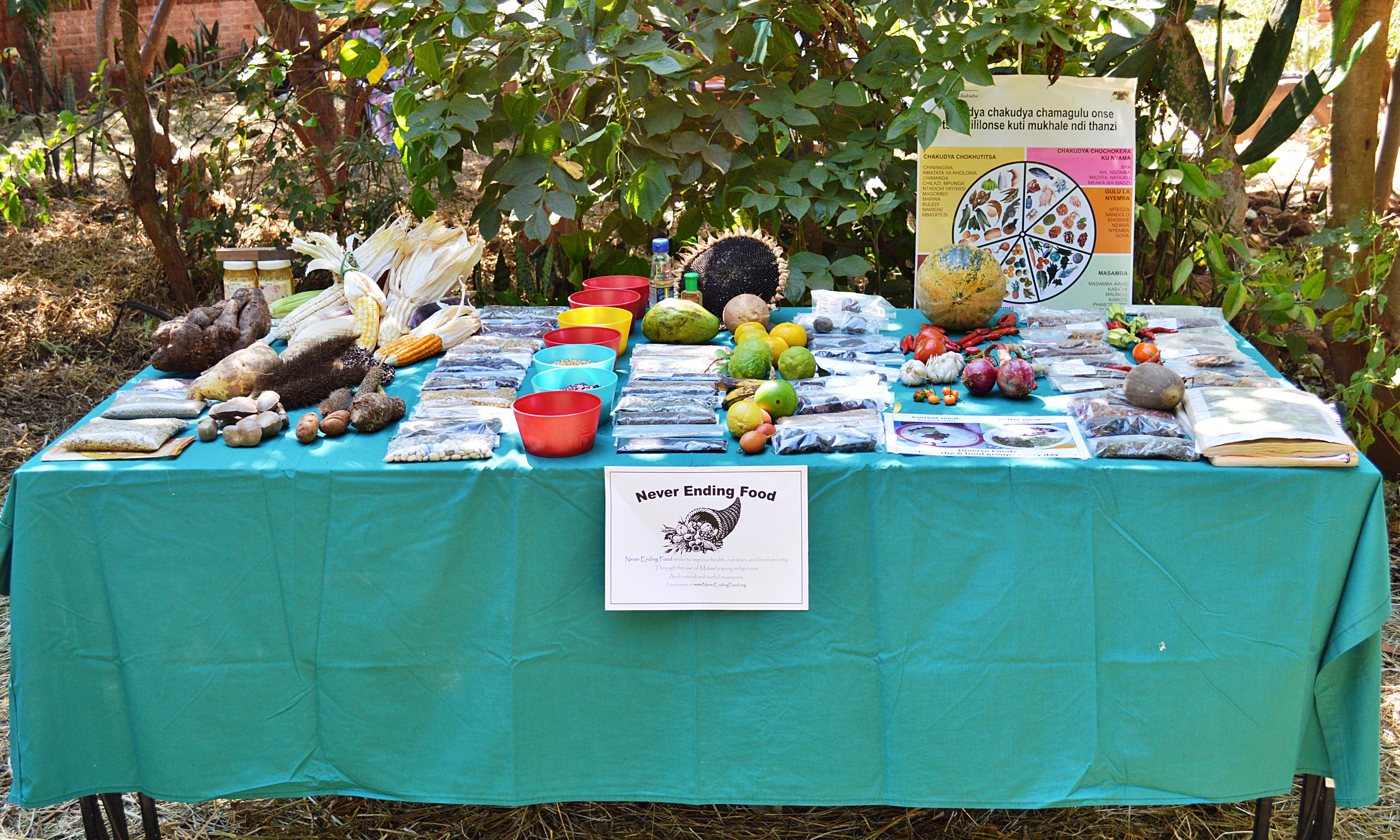
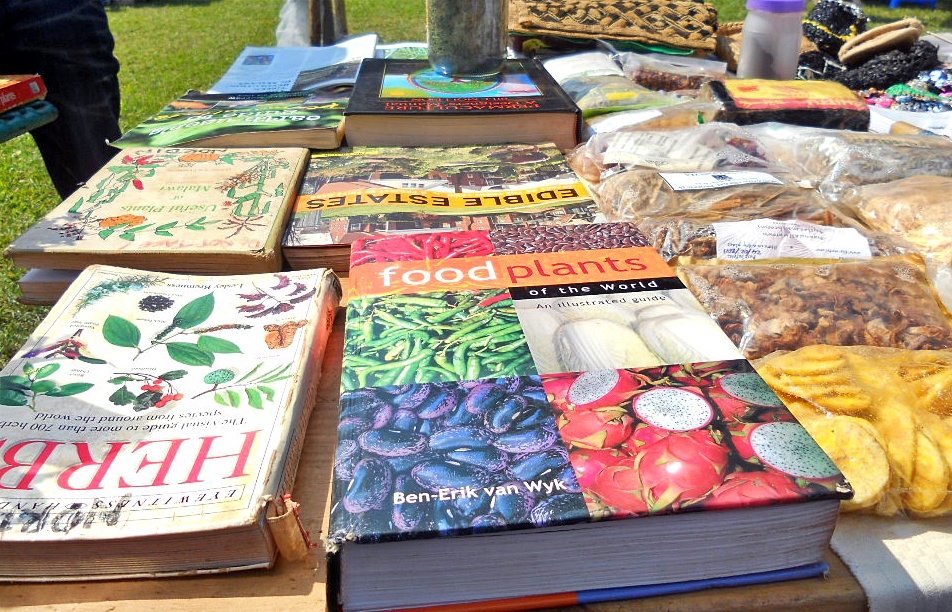
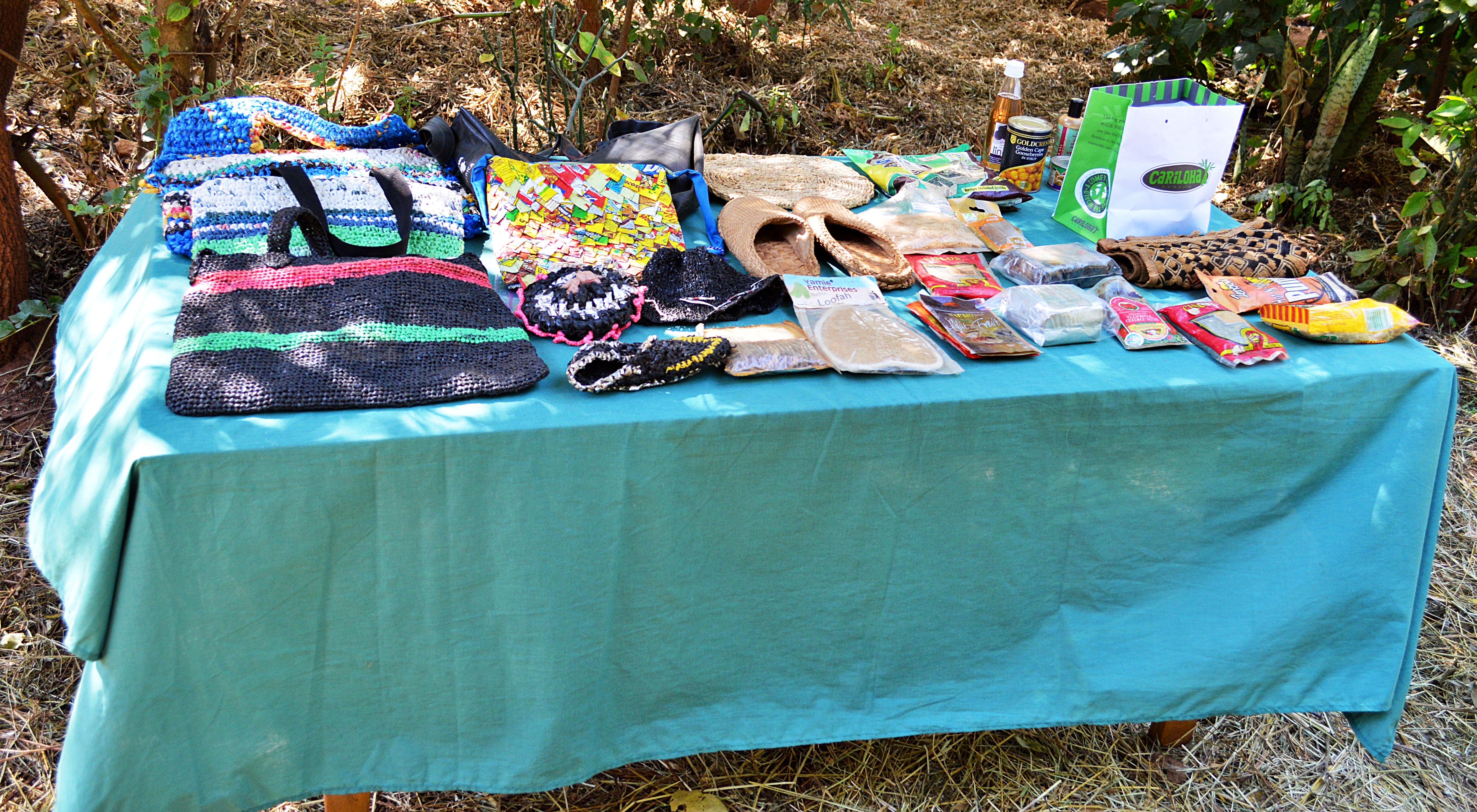
All donations go directly towards helping to spread Permaculture solutions throughout Malawi. Every little bit helps, and even a little can go a long way!
